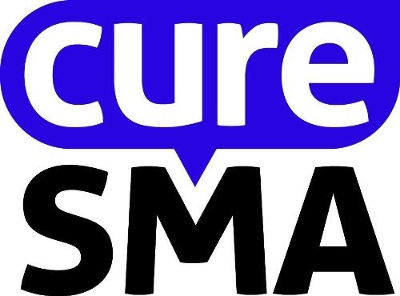Cure SMA Grants $315,000 to The California Institute of Biomedical Research

 Cure SMA has expanded its research program focused on finding treatments and a cure for spinal muscular atrophy (SMA) by providing an additional $315,000 in funding to support drug discovery at the California Institute of Biomedical Research (CALIBR). The grants aim to accelerate a research project led by Peter G. Schultz and focuses on the enhancement of survival motor neuron (SMN) protein levels.
Cure SMA has expanded its research program focused on finding treatments and a cure for spinal muscular atrophy (SMA) by providing an additional $315,000 in funding to support drug discovery at the California Institute of Biomedical Research (CALIBR). The grants aim to accelerate a research project led by Peter G. Schultz and focuses on the enhancement of survival motor neuron (SMN) protein levels.
The drug discovery program led by Schultz is entitled “Optimization of Small Molecules that Increase SMN2 Levels for the Treatment of Spinal Muscular Atrophy,” and has been supported by Cure SMA since 2012. After an initial $700,000 grant, the organization has now decided to extend the funding in order to accelerate the work focused on SMN, the protein that controls the functioning of nerves responsible for muscles.
While the survival motor neuron gene 1 (SMN1) is not produced appropriately by SMA patients at levels high enough to fulfill its biological function, survival motor neuron gene 2 (SMN2) is produced in one or more copies and is called the “back-up gene.” Researchers are determined to induce the production of SMN2 to increase the levels of this protein, as SMN2 is only partially functional.
The research team is planning to investigate chemicals that are expected to treat and even cure the disease. Schultz was already able to find numerous different classes of compounds that can enhance protein levels of SMN. The next step is to transform the compounds into drugs, which will hopefully be enabled by the Cure SMA grant, awarded as a gift from The Michael and Chandra Rudd Foundation.
The research project was selected by the Translational Advisory Council (TAC) from Cure SMA, a committee of SMA specialists dedicated to drug discovery in the field. The council evaluated the project through a series of criteria, including the achievement of milestones, and the funding was approved by a sub group of the TAC members responsible for overseeing the program.
The grant was awarded based on previous research that had already proven the ability of this compound to treat elevating levels of SMN protein in a severe mouse model of SMA. In addition, the investigators identified new compounds related to the first, which can be given in lower amounts and contain a higher concentration of the drug.
[adrotate group=”3″]
The project will be developed in collaboration with Dr. Chien-Ping Ko from the University of Southern California, who is going to lead a team responsible for testing the compounds and evaluating their benefits in a severe mouse model of SMA. The parameters evaluated will include weight gain, motor function, survival, and motor neuron morphology at synapses in the central nervous system and muscles.
The main mission is to optimize these novel compounds and find a drug candidate to test it in humans, evaluating its survival benefits, enhancement of brain exposure and optimization of safety and selectivity of the lead compounds. Cure SMA believes the research project is able to progress into a novel drug for the treatment of SMA that can be developed into a clinical candidate and submitted for an Investigational New Drug (IND) application.
Cure SMA has also recently awarded a $140,000 grant to the research project “mTOR and Protein Synthesis in SMA” currently being conducted by Mustafa Sahin, MD, PhD, at Boston Children’s Hospital, part of a major $640,000 funding initiative.







